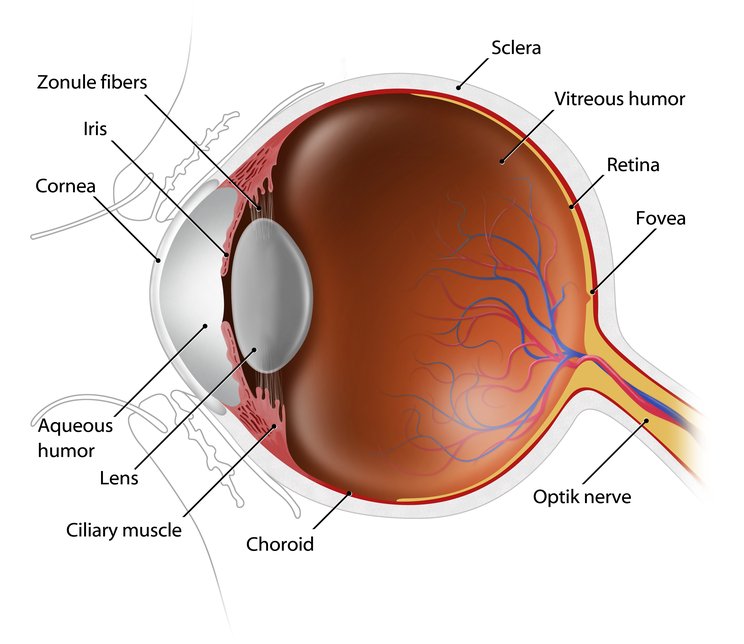Corneal Services
CORNEAL

It is important NOT to use a friend’s eye drops or Visine like drops without consulting your ophthalmologist. A corneal transplant is sometimes necessary to restore vision when the cornea becomes clouded, but newer advances like Endothelial Keratoplasty or DSAEK may also be employed in certain cases to help restore vision.
- Infection: Bacterial, fungal and viral infections are common causes of corneal damage.
- Heredity
- Eye trauma
- Certain systemic diseases
- Severe pain.
- Reduced visual clarity.
- Corneal discharge.
- Light sensitivity.
Ocular herpes produces sores on the surface of the cornea that can lead to scarring and reduced vision.The inflammation can spread deeper into the cornea and eye. There is no cure for ocular herpes, but it can often be controlled with the use of antiviral drugs.
Shingles is a recurrence (return) of the chickenpox virus in people who have already had the disease. After the bout of chickenpox, this virus usually remains inactive within the nerves of the body. It can later travel down these nerves, infecting specific parts of the body, like the eye. Herpes zoster can cause blisters or lesions on the cornea, fever and pain from affected nerve fibers.
Corneal lesions usually heal by themselves, but antiviral treatment may shorten the course of disease. Some people develop chronic inflammation of the cornea after shingles requiring use of long-term eye drops, or less commonly, corneal surgery.
Shingles can occur in anyone exposed to the chickenpox virus, but there’s an increased risk in older adults (especially those over age 65) and people with a weakened immune system.
See your ophthalmologist if you have any symptoms of shingles near or in the eye.

